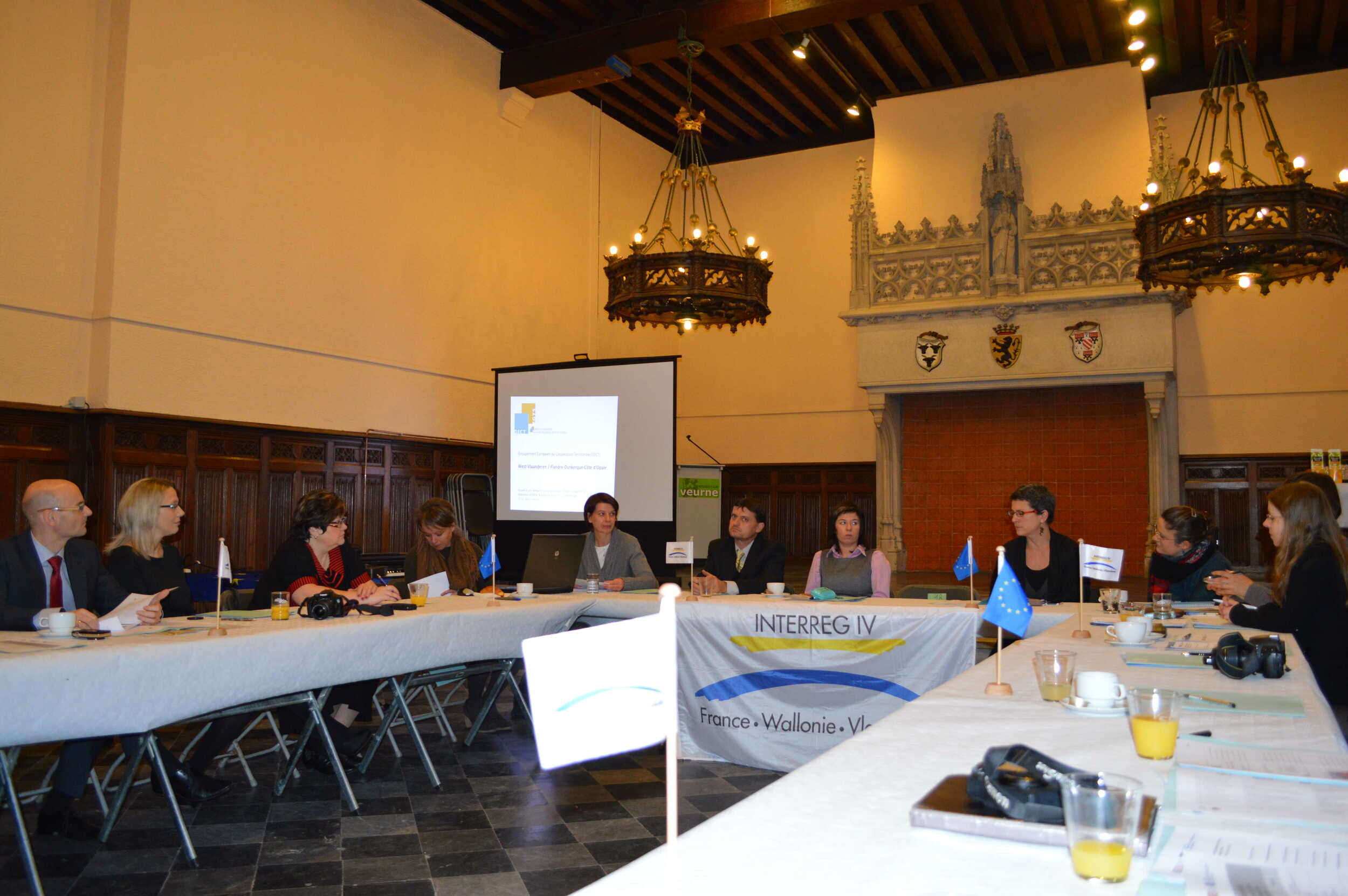Euroregion Silesia-CZ
Pekařská 4
746 01 Opava
Česká republika


Cross-border Cooperation Programmes
European Union programmes on cross-border cooperation are a systemic instrument designed to ensure the balanced and sustainable development of European border areas. This support was launched in 1990 in the form of a separate initiative called INTERREG for the member countries of the European Union. It has been followed since 1994 by an initiative called INTERREG II. This initiative has already been extended to support border areas with non-EU countries. In these countries, this support was implemented in the form of annual Phare CBC (Cross-Border Cooperation) programmes.
Among the first border regions of the Czech Republic to benefit from this financial support from the European Union were the regions of the Czech-German and Czech-Austrian border. Systematic financial support for the development of the Czech-Polish border and cross-border cooperation in this area in the form of the Phare CBC Czech Republic - Poland programme was launched only a few years later, in 1999. This support was terminated by the 2003 programme, and, from the following year, when both countries became members of the European Union, participation in INTERREG III was made possible.
Unlike the previous two initiatives, INTERREG III has already been broken down into three guidelines under the 2000-2006 fiscal years:
Direction A — cross-border cooperation
Direction B — transnational cooperation
Direction C — interregional cooperation.
For INTERREG IIIA Czech Republic - Poland programme for the period 2004-2006 was allocated 34.5 million EUR from the European Regional Development Fund for both sides of the Czech-Polish border. The programme aimed both at supporting the development of infrastructure of cross-border importance – transportation, business, tourism, etc., as well as the development of local society in the cross-border area. Despite a relatively short period of time, the applicants showed great interest in this programme.
In the context of the major enlargement of the European Union in 2004 and 2007, one of the three fundamental objectives of European cohesion policy for the period 2007-2013 has become the objective called European territorial cooperation (Objective 3). Like the previous INTERREG III initiative, this objective was focused in three directions: cross-border, transnational, and interregional cooperation, with the section on cross-border cooperation being the most significant.
219.4 million EUR was allocated for Czech-Polish cooperation through the Operational Programme of Cross-Border Cooperation Czech Republic - Republic of Poland 2007 - 2013 from the European Regional Development Fund. The programme consisted of 4 priority axes and 9 areas of support, which represented possibilities for financing a wide range of investment and non-investment cross-border activities in the following areas:

For the period 2014-2020, two main objectives of European cohesion policy have been set out: Objective 1 'Investment for growth and employment' and Objective 2 'European territorial cooperation', which includes the INTERREG V-A Programme Czech Republic - Poland. The programme was approved by the European Commission in June 2015 and will be completed in 2023. Funding from the European Regional Development Fund for this programme of 226.2 million EUR is intended to support cross-border cooperation in the field of joint risk management, the development of the potential of natural and cultural resources to promote employment, education and upskilling for future graduates, as well as cooperation between institutions and communities.
The preparation of the INTERREG Programme Czech Republic – Poland 2021-2027 has already started in 2018. It was agreed that even in the new period the programme would be managed by the Czech Republic, the function of the Managing Authority would be performed by the Ministry of Regional Development. A work group called 'TaskForce' has been created to prepare the new programme, in which euroregions are also represented. In addition to the work group, so-called focus groups were set up, consisting of experts, aimed at discussing the various objectives of cohesion policy set out in the General Regulation in terms of their relevance and potential for Czech-Polish cross-border cooperation. 178.87 million EUR was allocated to the programme from the European Regional Development Fund, representing a decrease of around 20% compared to the previous programme. The programme will include 5 priority axes:
The programme must be submitted to the European Commission for approval by the end of March 2022 at the latest.